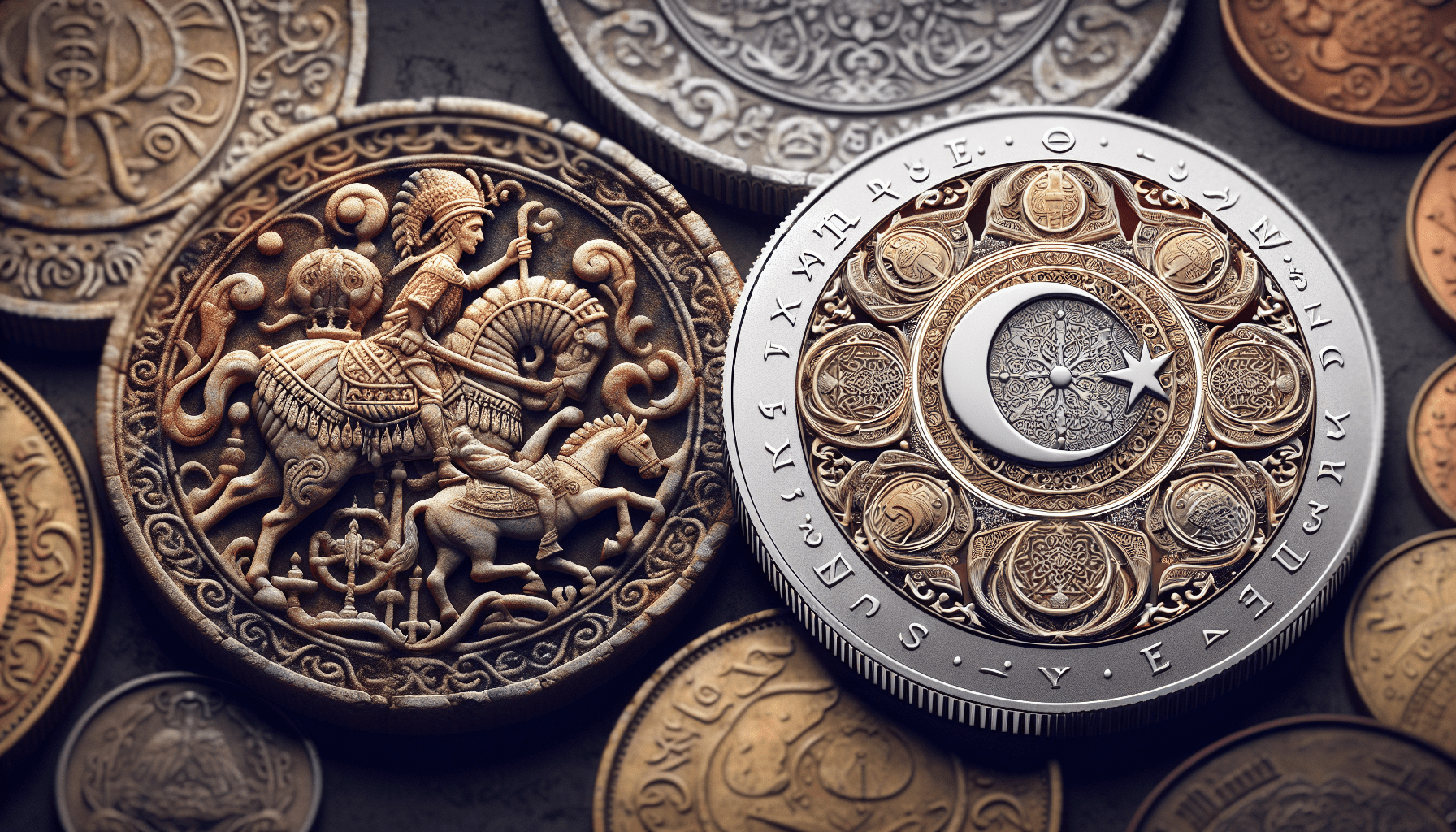Welcome to a fascinating journey exploring the historical significance of Turkish currency throughout the centuries. From the introduction of the first coins during the Ottoman Empire to the modernization efforts that continue to shape the Turkish economy, you will discover how this currency has played a crucial role in the country’s history and development. Join us as we delve into the rich and fascinating story of Turkish currency and its impact on society and culture.

